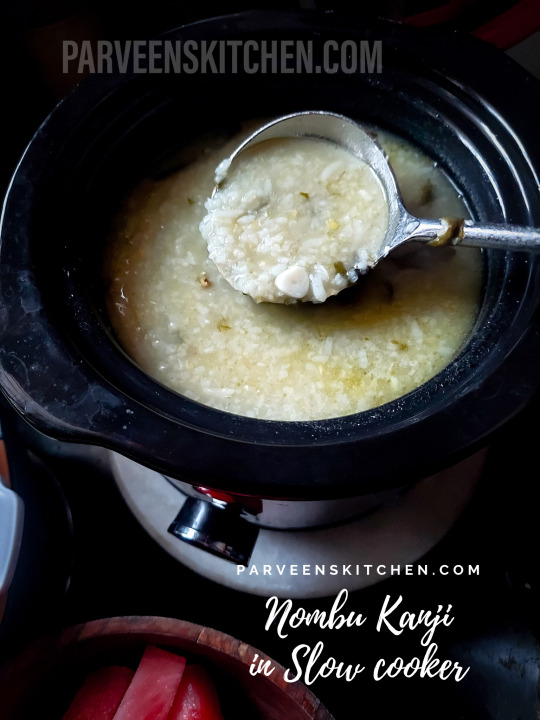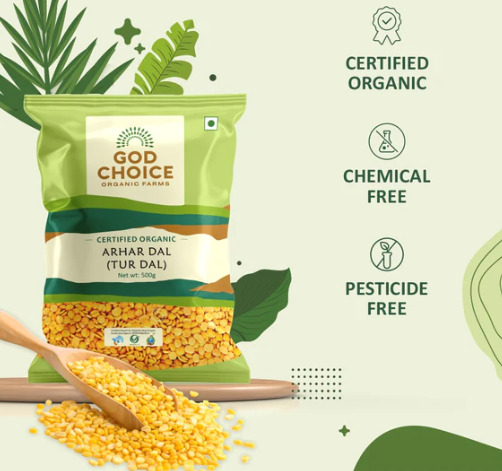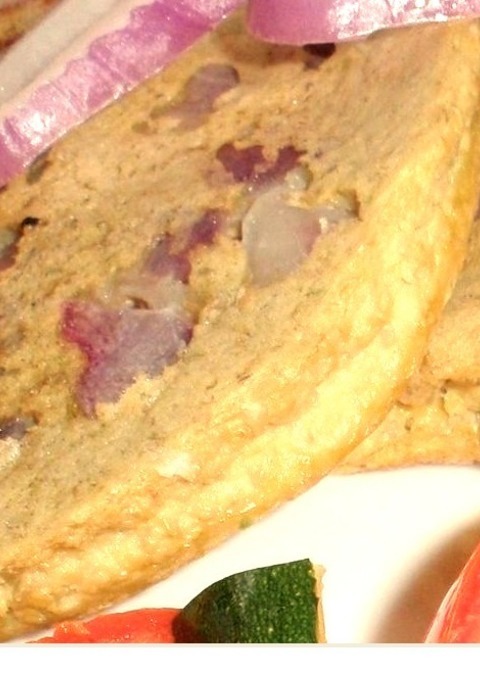#Moong dal
Explore tagged Tumblr posts
Text

Vegan Flower Omelets
#vegan#breakfast#brunch#veganized#omelette#vegan egg#moong dal#mung beans#nasturtium leaves#garlic powder#black salt#kala namak#edible flowers#nasturtium#vegan cheese#coconut oil#sea salt#💚#🧡
8 notes
·
View notes
Text
♡moong dal halwa♡
hi chefs!
today, we're diving into the rich, aromatic world of Indian sweets with a classic favorite: Moong Dal Halwa. This indulgent dessert is perfect for any special occasion, and its delightful texture and flavor are sure to win over anyone's heart. So, let's get started!
Step 1: Preparing the Moong Dal
First, we need to get our moong dal ready. Start by adding a cup of moong dal to a pan and dry roasting it over low to medium heat. Keep stirring to ensure it roasts evenly and doesn't burn. Once the dal turns a lovely golden brown, take it off the heat and let it cool down completely.






After the dal has cooled, transfer it to a blender and pulse until you get a coarse powder. Remember, it should be slightly coarse, not completely fine.


Step 2: Making the Sugar Syrup (Rosh)
Now, let's prepare the sugar syrup that will add sweetness to our halwa. In a pot, combine water, sugar, cardamom powder, and a few strands of saffron. Bring this mixture to a simmer and let it cook for about 10 minutes. Set it aside once done.



Fun Fact:
Moong Dal Halwa is often made during winter months in India because it's believed to provide warmth and energy, thanks to rich ingredients like ghee and nuts.





Step 3: Sifting Sooji and Besan
For an added layer of texture, we'll use some sooji (semolina) and besan (gram flour). Sift these ingredients to get rid of any clumps and ensure a smooth mixture.




Step 4: Cooking the Halwa
Heat a generous amount of ghee in a pan. Add the sifted sooji and besan to the pan, stirring continuously over medium heat. Soon after, add the powdered dal. Cook until the mixture turns a darker shade, which indicates it's well-roasted.





Next, pour in the sugar syrup we made earlier. Keep stirring over low to medium heat for about 30-35 minutes (so sorry, your arms will hurt). The halwa will thicken, and you'll see the ghee start to separate from the mixture, signaling that it's done.


Step 5: Adding the Finishing Touches
Finally, add some chopped nuts for a delightful crunch. I like to use pistachios, almonds, and cashews, but you can choose your favorites.



Fun Fact:
Many people soak the moong dal and make a paste, but dry roasting it with ghee really enhances the flavors, making the extra effort totally worth it.
Enjoy this sweet treat with your loved ones and watch it become a new favorite in your household!
happy cooking!
3 notes
·
View notes
Text

Spling mung bean soup.
1 cup split mung beans (moong dal)
1 small onion
1 carrot
1 celery stalk
fresh ginger
a lot of (1 heaping tablespoon?) ground coriander, turmeric, and slightly less cardamom (because it tastes stronger).
bay leaves
fresh herbs including parsley and dill
salt to taste (about a teaspoon? i'm not sure how much i added)
2 tablespoons olive oil
1 tablespoon chia oil or some other omega 3 rich oil
Soak the beans overnight.
Pour off the water, rinse again. Then cover in a pot with maybe twice as much water as necessary to cover the beans. Start boiling and start your timer when it comes to a boil. For 10 minutes, don't add anything else, and skim off the foam that forms.
Finely dice up all the vegetables and ginger. At the 10 minute mark, set the tmer again for 15 minutes and add the celery first and then add other things including oil and other vegetables, and spices, everything except the fresh herbs and chia oil.
Cook for 15 more minutes but when you have only 3 minutes left on the timer add the fresh herbs. At the end, turn off the heat, then add the chia oil. You can leave the bay leaves in but don't eat them.
Serves maybe about 4 hungry people? Not really sure.
What is it like? Especially with only a 25 minute cook time, it's chewier than lentil soup and less pasty than most beans. The beans kinda have a texture similar to soft grain kernels but are less gummy. I really like it and like how I feel after eating it.
4 notes
·
View notes
Text

Buy Online Star 444 Green Moong Seeds in India - Star Agri Seeds
Cultivate a healthy and high-yielding crop with Star 444 Green Moong Seeds from Star Agri Seeds, a trusted name in Indian agriculture. These seeds are designed for excellent germination, adaptability to various soils, and optimal growth. Ideal for producing nutrient-rich green moong, Star 444 ensures a robust and profitable harvest. Purchase online for convenient delivery across India and experience superior quality with Star Agri Seeds, your reliable partner in farming success.
0 notes
Text

Moong Dal Split Green Gram Skin Less 1 Kg
Moong dal / Split Green Gram is one of the most popular vegetarian superfoods. It is rich in high-quality proteins and other essential nutrients.
Moong Dal is rich in Protein & a 100 g serving of cooked moong dal contains about 6 g protein besides it also has vitamin E, C, and K
Moong Dal is incredibly light and easy to digest compared to other dals.
Moong dal is also low in carbs, making it a healthier option
0 notes
Text

Moong Dal Sabudana Kheer (Paysam) Recipe https://www.cookwithkushi.com/moong-dal-sabudana-kheer-recipe/
0 notes
Text
बच्चों के लिए बनाएं मूंग दाल इडली की ये रेसिपी, स्वाद के साथ पोषक तत्वों से भी भरपूर है डिश
अगर आपका बच्चा भी इडली खाकर बोर हो गया है तो आपको अपने बच्चे के लिए मूंग दाल इडली की यह रेसिपी जरूर ट्राई करनी चाहिए। आइए जानते हैं मूंग दाल इडली बनाने की विधि के बारे में। क्या आप भी अपने बच्चे के लिए लंच में कुछ स्वादिष्ट और हेल्दी डिश बनाना चाहते हैं? अगर हां, तो मूंग दाल इडली की रेसिपी आपके लिए एक बेहतरीन विकल्प साबित हो सकती है। मूंग दाल इडली खाने से आपके बच्चे दिनभर एनर्जेटिक महसूस करेंगे।…
0 notes
Text
Slow Cooker Vegetarian Nombu Kanji
As the holy month of Ramadan approaches, the desire for wholesome and comforting meals intensifies. Nombu Kanji, a traditional dish popular during Ramadan, provides nourishment and satisfaction for those observing fasting. However, busy schedules or the inability to visit the mosque for communal meals may pose a challenge. Fear not, as we present a solution: Slow Cooker Nombu Kanji. This recipe…

View On WordPress
#Comfort food#Easy#Effortless#fasting#ghee#green chilli#mint leaves#Minty Flavor#Moong Dal#Nombu Kanji#Nourishing#Ramadan#Recipe#rice#Slow Cooker#Spices#Traditional#Vegetarian#Wholesome
0 notes
Text
Unveiling the Golden Goodness: The Health Benefits of Yellow Moong Dal
In the world of pulses, Yellow Moong Dal stands out as a nutritional powerhouse, celebrated not only for its rich flavor but also for its numerous health benefits. Derived from the green gram, this versatile legume has been a staple in Indian cuisine for centuries. Let’s delve into the golden goodness of Yellow Moong Dal and explore the myriad benefits it brings to the table.

1. High Nutrient Content: Yellow Moong Dal is a rich source of essential nutrients, including proteins, dietary fiber, vitamins, and minerals. It is particularly known for being a vegetarian-friendly protein option, making it an excellent choice for individuals looking to increase their protein intake.
2. Digestive Health: The high fiber content in Yellow Moong Dal promotes digestive health. Fiber aids in regulating bowel movements, preventing constipation, and promoting a healthy gut. Consuming this dal regularly can contribute to a well-functioning digestive system.
3. Weight Management: With its high protein and fiber content, Yellow Moong Dal helps in promoting a feeling of fullness, reducing overall calorie intake. This makes it an excellent addition to weight management or weight loss diets, providing sustained energy without compromising on nutrition.
4. Low Glycemic Index: Yellow Moong Dal has a low glycemic index, meaning it causes a gradual rise in blood sugar levels. This makes it a suitable option for individuals with diabetes or those looking to manage blood sugar levels, as it helps in preventing sudden spikes.
5. Heart Health: The presence of potassium and magnesium in Yellow Moong Dal contributes to heart health by regulating blood pressure levels. Additionally, its low cholesterol content makes it a heart-friendly food, supporting cardiovascular well-being.
6. Rich in Antioxidants: Yellow Moong Dal is a good source of antioxidants such as vitamin C, which helps combat free radicals in the body. Antioxidants play a crucial role in reducing inflammation and preventing oxidative stress, contributing to overall health and well-being.
7. Boosts Immunity: The dal is packed with essential vitamins and minerals, including iron and zinc, which play a key role in enhancing the immune system. Regular consumption can help the body defend against infections and illnesses.
8. Versatile Culinary Uses: Beyond its nutritional benefits, Yellow Moong Dal is incredibly versatile in the kitchen. From dals and curries to soups and salads, its mild flavor allows it to blend seamlessly with various ingredients, making it a favorite in diverse culinary traditions.
Conclusion:
Yellow Moong Dal, with its golden hue and robust nutritional profile, is a true gem in the world of legumes. Whether you are focused on maintaining a healthy weight, supporting digestive health, or seeking a nutrient-dense protein source, incorporating Yellow Moong Dal into your diet can be a delicious and nutritious choice. Embrace the wholesome goodness of this humble dal and savor the benefits it brings to your overall well-being. Buy yellow moong dal online from organic farm God Choice at affordable price
0 notes
Text

Gentle Morning Kitchari (Vegan)
#vegan#breakfast#indian cuisine#ayurvedic#kitchari#split peas#moong dal#rice#onion#ginger#cumin#mustard seeds#carrots#coconut oil#turmeric#cloves#cilantro#lemon#black pepper#sea salt#💛
28 notes
·
View notes
Photo

Pesarattu Recipe A batter made of rice and lentils is used to make pesarattu, a flatbread that resembles a crepe. 1 piece fresh ginger root peeled, 2 cups skin-on whole green lentils, cooking spray, salt to taste, 1 tablespoon cumin seeds, 6 tablespoons chopped onion, 5 green chile peppers, 1 cup uncooked white rice
0 notes
Photo

Recipe for Easy Instant Pot Green Moong Dal This delicious and traditional vegan lentil curry soup is hearty, high in protein, and very simple to make in your Instant Pot.
#lentil curry soup#moong dal#easy instant pot#green moong dal#pressure#tablespoon lemon juice#cayenne pepper
0 notes
Text

Buy Star 444 Mung Dal Seeds Online in India - Star Agri Seeds
Boost your farming output with Star 444 Mung Dal Seeds from Star Agri Seeds, a trusted brand in quality agriculture. These seeds are renowned for their excellent germination rate, adaptability to various soil conditions, and high-yield potential
0 notes
Text
Get best quality moong dal from FARMONICS.
A substantial, nutritious moong dal dish that is delicious with rice, roti, or paratha. This recipe makes a wonderful and nourishing lentil curry by cooking chilka wali moong dal with onions, tomatoes, and basic spices. One of the easiest lentils to stomach is moong dal. Moong Chilka Dal is grown without the use of harmful pesticides or chemicals. Contains a higher level of essential minerals, vitamins, and antioxidants. Excludes genetically modified organisms (GMO) and hazardous chemicals from your diet. Save you from damaging health issues. Get best quality moong dal from FARMONICS.

0 notes
Text
Moong Cultivation: गर्मियों में मूंग की खेती से बढ़ेगी किसानों की आमदनी
प्रोटीन का सस्ता और बेहतरीन स्रोत है मूंग
मूंग एक प्रमुख दलहनी फसल है, जिसकी खेती रबी, खरीफ और जायद तीनों मौसम में ���ी जा सकती है, लेकिन जायद यानी गर्मियों में मूंग की खेती करना किसानों के लिए अधिक फायदेमंद है। इससे खेती की लागत कम और आमदनी अधिक होती है।

मूंग की खेती (Moong Cultivation): मूंग का सेवन आमतौर पर हर भारतीय घर में होता है। छिलके वाली मूंग से लेकर मूंग की दाल तक बहुत पौष्टिक होती है। मूंग से पापड़, नमकीन आदि भी बनाए जाते हैं, इसलिए इसकी मांग हमेशा ही रहती है। भारत मूंग का सबसे बड़ा उत्पादक देश है और इसकी खपत भी यहां सबसे अधिक होती है। मूंग की खेती गर्मियों में करने से कीट और खरपतवारों का प्रकोप कम रहता है जिससे अच्छी फसल प्राप्त होती है।
मूंग की फसल बहुत अधिक बारिश में खराब हो जाती है, इसलिए जायद में इसकी खेती करना अच्छा होता है। मूंग की कई किस्में कम समय में तैयार हो जाती हैं। खाली खेत में इनकी बुवाई करके किसान अतिरिक्त आमदनी प्राप्त कर सकते हैं।
जलवायु और मिट्टी
मूंग की खेती के लिए 25-35 डिग्री तापमान उचित होता है। साथ ही थोड़ी मात्रा में बारिश की ज़रूरत पड़ती है। इसकी खेती दोमट और बलुई दोमट मिट्टी में अच्छी होती है। मिट्टी का पीएच मान (pH Value) 7-8 होना चाहिए । साथ ही जल निकासी की उचित व्यवस्था ज़रूरी है। यदि खेतों में पानी भर जाए तो इससे मूंग की फसल खराब हो जाती है।
खेत तैयार करना
रबी की फसल की कटाई के बाद खेत की दो बार हैरो से या मिट्टी पलटने वाले रिज़र हल से जुताई करें। इसके बाद 2-3 जुताई कल्टीवेटर से करके मिट्टी को भुरभुरा बना लें। जुताई के बाद मिट्टी में नमी को बनाए रखने के लिए खेत में पाटा लगा दें, क्योंकि मिट्टी में नमी होने पर ही बुवाई की जानी चाहिए। दीमक से फसल को बचाने के लिए आखिरी जुताई से पहले प्रति एकड़ क्यूनालफास 1.5 प्रतिशत चूर्ण, 25 किलोग्राम के हिसाब से खेत में छिड़ककर फिर जुताई कर दें।

गर्मियों की मुख्य किस्में
गर्मियों में बुवाई के लिए मूंग की कई किस्में उपयुक्त होती हैं। इनमें से पूसा वैसाखी, मोहिनी, पंत मूंग1, एमएल 1, वर्षा, सुनैना, जवाहर 45, कृष्णा 11, पंत मूंग 3, अमृत आदि मुख्य हैं। ये किस्में औसतन 60 से 90 दिनों में तैयार हो जाती हैं और सबकी औसत उपज क्षमता 8 से 12 क्विंटल प्रति हेक्टेयर है।
बुवाई और खाद का प्रयोग
कीट आदि से बचाव के लिए बुवाई से पहले बीजों का फफूंदीनाशक और कीटनाशक से उपचार ज़रूरी है। मूंग के प्रति किलो बीज को 3 ग्राम थीरम या बावास्टिन या कार्बेण्डाजिम से उपचारित करें। इमिडाक्लोरोपड 5 एम.एल को एक किलो मूंग के बीज में डालकर उपचार करें। इससे पौधे कीट व रोगों से बचे रहते हैं। पौधों के सही विकास के लिए नाइट्रोजन और फॉस्फोरस की खाद बहुत ज़रूरी होती है। इसके लिए सुपर फॉस्फेट और डी.ए.पी. उर्वरक खेतों में डाला जाता है।
और पढ़ें….
0 notes
